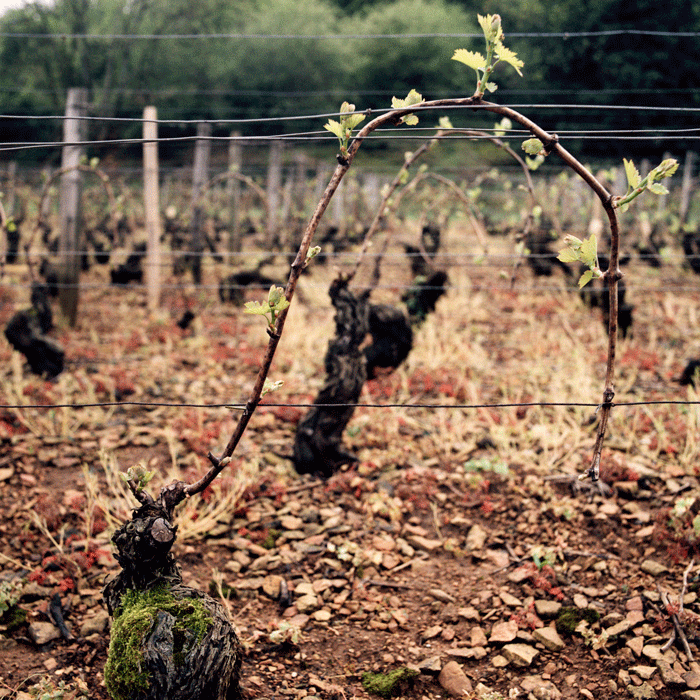Domaines and négociants: behind the scenes in Burgundy
Author: Matthew Tipping
In recent years the Burgundy market has changed almost beyond recognition, with demand worldwide spiking dramatically. The vast majority of Burgundians are not large corporations, rather small family domaines that work from one vintage to the next in the way any small business would. Just over a week ago I travelled there to spend a week tasting the 2013 vintage, due to be released in January. More than once I was informed by producers there that they ‘are not Bordelais’ – the last word uttered with more than a little disgust. There is a desire for prices to be lowered, and I think we are very likely to see some reductions come January.
During our visit some interesting conversations with the local growers revealed that one of the by-products of global demand is something hidden from all but the growers themselves (not to mention the occasional visiting wine merchant); it involves the ownership of the vineyards and the manner in which the grapes are sourced.
There is a general market perception that it’s the négociants who buy wine and the domaines who make it, the Burgundians choosing to be either one or the other. However the reality today is far more complex.
Over the last 20 years the big trend has been for vineyard owners who previously sold their grapes to négociants to start producing their own wines. Is this all about to change though? It is not only wine prices that have risen of late – vineyard costs have also increased exponentially, and are now out of reach of most growers.
Many vineyards have been family-owned for generations and whilst some may not want to produce and trade their own wine (the autumn is prime hunting season after all, and so winemaking may get in the way of this other passion), selling up is often frowned upon. This means that few vineyards come up for sale, and so demand far outweighs supply. Domaines are therefore having to resort to imaginative ways to access grapes from vineyards they are not fortunate enough to own.
I met domaine growers who have wanted to add a wine to their range but could not afford to buy the vines given the price increases across Burgundy. Instead they came to agreements with other domaines or vineyard owners to farm their vines, with the deal often sealed with a mere handshake. These covenants often involve payment comprising a proportion of the wine made being returned to the vines’ owner, either to consume themselves or sell on. I even met one producer who had had to do this with Chevalier Montrachet, despite already owning vines there. A member of their family had, some years ago, secured a long term lease to another party, which now required them to source fruit from elsewhere until the lease ends.
Looking forward 10 years, will the emergence of more domaines slow in favour of, say, micro-négociants such as Olivier Bernstein – who has found a creative solution to the obstacle of high vineyard prices by securing long-term agreements on a handful of ultra-high-quality vineyards? Perhaps instead the trend for working around this need to purchase vineyards will push the cost of grapes or juice to a level where wines made by these means are prohibitively expensive, therefore making the négociant business unsustainable?
It will be interesting to see which forces prevail over the coming years.
Explore the wines of this famous region at one of our Wine School events, including ‘Burgundy Tasting Games’ on 10th December.



